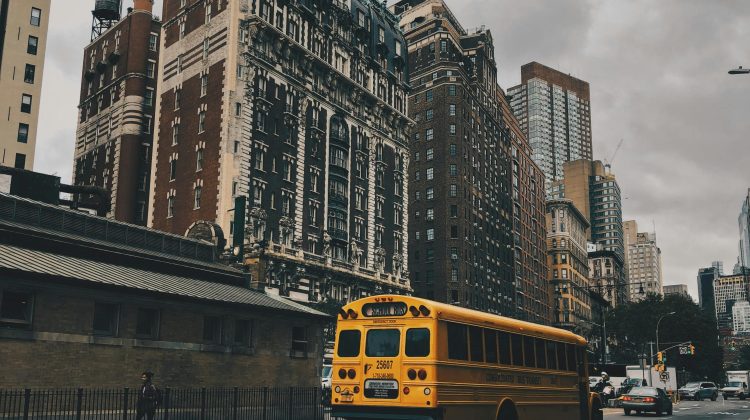During the coronavirus pandemic, we’ve all become familiar with the now-common phrases “Safer at Home” and “Stay Safe.” As the virus has raged around the country and fear levels have skyrocketed during the last few months, home has increasingly seemed like the safest place to be.
Unfortunately, that is not the case for everyone. Domestic violence, already endemic in American society, has been spreading insidiously during the COVID-19 pandemic. And with the absence of a traditional, in-person support system, it’s almost completely invisible.
Domestic Violence Definition & Statistics
Domestic violence is an umbrella term that includes child abuse, intimate partner abuse, and elder abuse. It includes a variety of types of abuse, such as economic, physical, sexual, and emotional. The common thread is that these abusive behaviors involve one individual gaining power over another individual.
According to the National Coalition Against Domestic Violence, approximately 1 in 4 women and 1 in 9 men 18 years of age or older experience severe intimate partner physical or sexual violence. And each year, domestic violence is responsible for over 1500 U.S. deaths.
Domestic Violence During COVID-19
In March 2020, when stay-at-home orders were first being enacted to combat the spread of coronavirus, police departments and nonprofits across the country observed an interesting trend: a dramatic drop in domestic violence hotline calls compared to previous periods. In Texas, one nonprofit noticed their calls had dropped by half.
Advocates were quick to assert that this wasn’t due to a decrease in domestic violence; instead, victims likely could not escape their abusers for long enough to even make a call safely. And with schools closed, gone were the teachers’ abilities to keep an eye on kids and report signs of potential child abuse.
In April, some organizations and departments saw a rise in calls: on many days, the Los Angeles Police Department started seeing more than double its typical amount of daily calls. As the CEO of the Houston Area Women’s Center put it in a local news story, “We may unfortunately be increasing the domestic violence curve” as we attempt to flatten the coronavirus curve.
Factors Contributing to Domestic Violence
Domestic abuse and violence stem from a desire for power and control. Abuse is a learned behavior, and choosing this behavior is never justified in any situation. Outside factors like drug or alcohol addiction may exacerbate abuse, but they aren’t sole causes.
No matter the circumstances, it is never the victim’s fault, and no one ever deserves to be abused.
With the COVID-19 pandemic shutting down the world in unprecedented ways, people are feeling more lonely and isolated than ever. This creates a dangerous situation, as isolation is a powerful tool that abusers use to control and violate their partners.
Domestic Violence Laws
As COVID-19 threatens to cause an explosion of domestic violence, it also has the potential to expose the need for more comprehensive laws that prevent domestic violence and protect victims. One major concern is domestic violence offenders’ access to firearms.
While federal laws exist to prevent those convicted of domestic violence, they are limited. According to a recent data compilation by the law firm Twyford Law Office, 30 states currently have additional laws providing more comprehensive restrictions.
Interactive Map
Only 16 states require firearms and ammo to be relinquished after a domestic violence conviction. From the aforementioned overview of gun restrictions and domestic violence, this map provides a visualization of which states have such policies in place, as of May 2020.
Facing Violence? Get Help
If you need help, please call the National Domestic Violence Hotline at (800) 799-7233. If you’re unable to speak safely, you can log onto www.thehotline.org or text LOVEIS to 22522. Their advocates are available 24 hours a day, 7 days a week, to help you. You may also contact your local police department to make a report or request a restraining order. If you are in an emergency situation, please call 911.





No Comment